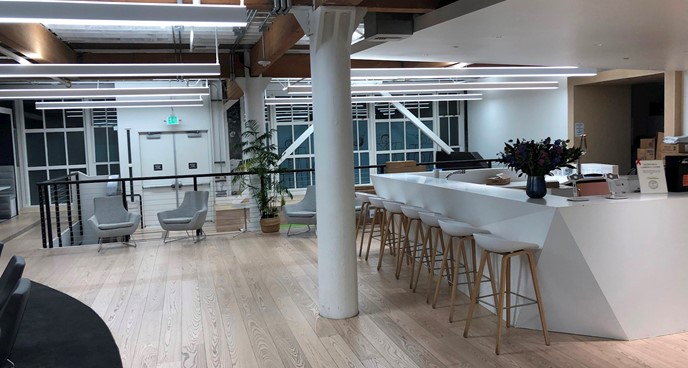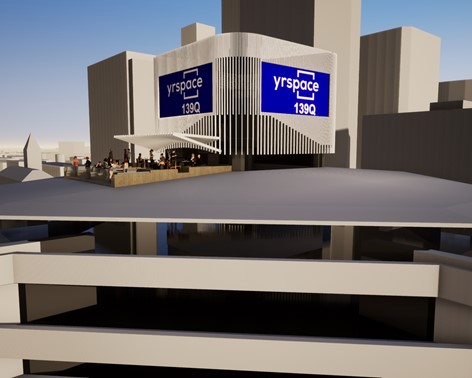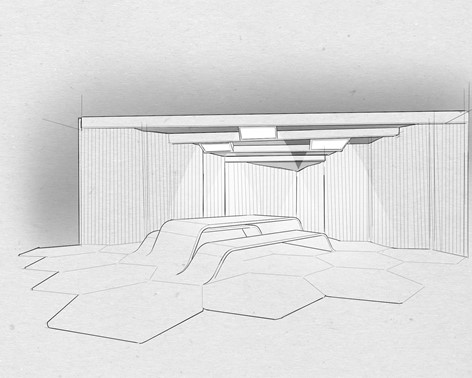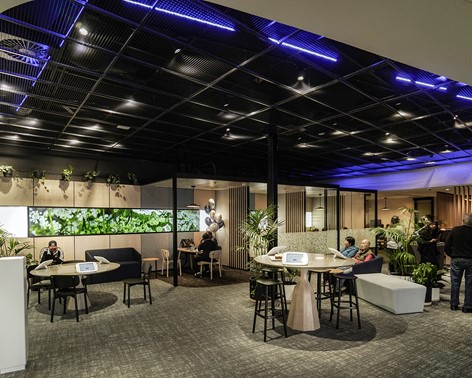There are obviously many factors that determine the success of a building, some of them quantifiable, some of them not. Recently, we’ve expanded our effort to understand buildings by starting to tease out these factors in a process we’ve termed Spatial Analytics.
At the moment we have a small portfolio of spaces (soon to be many more!). Despite being organized and designed differently at every location, each building contains similar elements: All have offices, lounges, and other components that are common to most spaces. These commonalities allow us to compare buildings to see whether those with large lounges foster better communities or whether more phone booths have fewer noise complaints.
To give one example from this research, we have been analyzing the size of meetings in the conference rooms. In other words, what is the average size of a meeting in a four-person conference room? In a six-person room? In a 12?
Your intuition might be that a four-person room tends to have four people in it, and a 12-person room tends to have 12 people in it. Before this research, that was my intuition.
We now know that the average meeting involves just two or three people—regardless of room capacity. Take a look the next time you are walking through a building. Perhaps you can spot the pattern if you know what to look for, but it’s unlikely you would intuitively think that a 12-person conference room tends to be occupied by just two or three people.
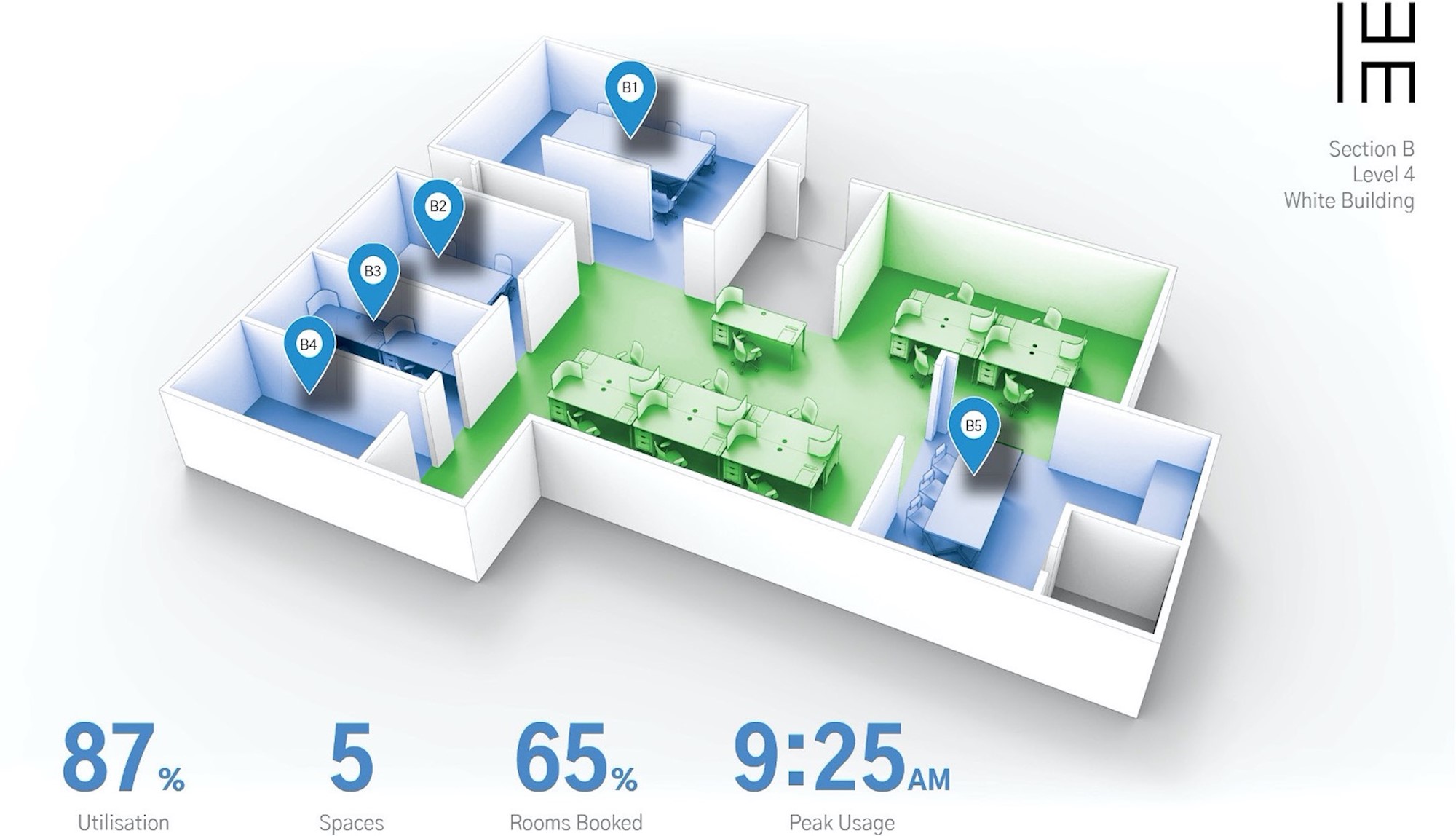
HEALTH
We increase air quality. Poor indoor climate inhibits critical thinking, crisis response time and creativity in people by about 50 percent, costing business billions in lost productivity and innovation.
SPACE
We optimize space with up to 20-30%. Nearly half of all US office space sits unoccupied or under-utilized for the majority of the day. 50 percent of seats in meeting rooms go unused and up to 40 percent of scheduled meetings are no-shows.
PRODUCTIVITY
We increase productivity with up to 10%. Studies show that by optimizing the working environment employee productivity can be increased to a value of $1,000 per year and person.
ENERGY
We save energy with up to 50%. Commercial buildings account for up to 40 percent of the world’s energy consumption. A smart office solution could reduce energy costs by as much as 30 to 50 percent.
INSIGHTS
Protect occupant health and increase the effectiveness of your buildings.







